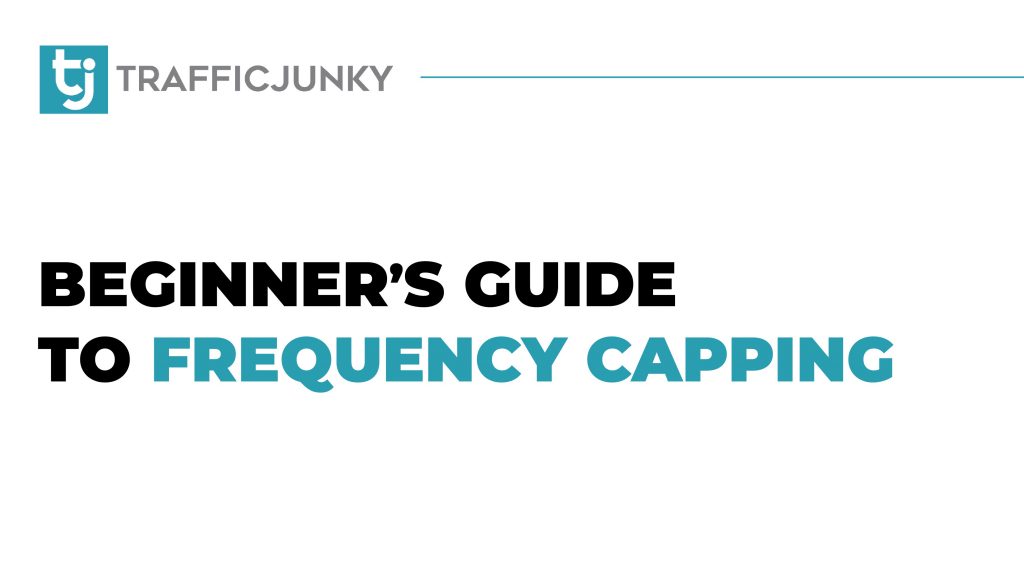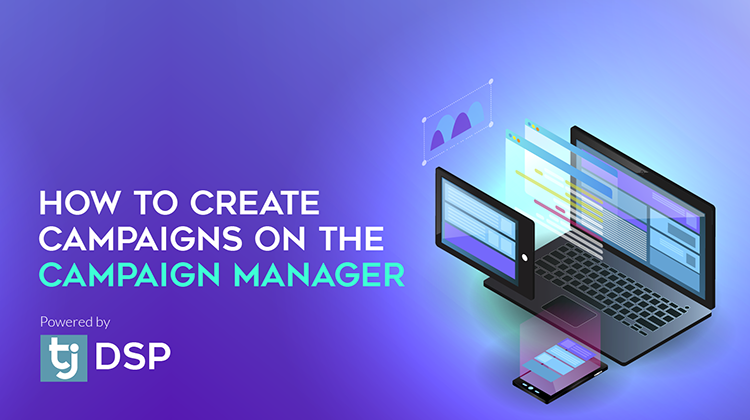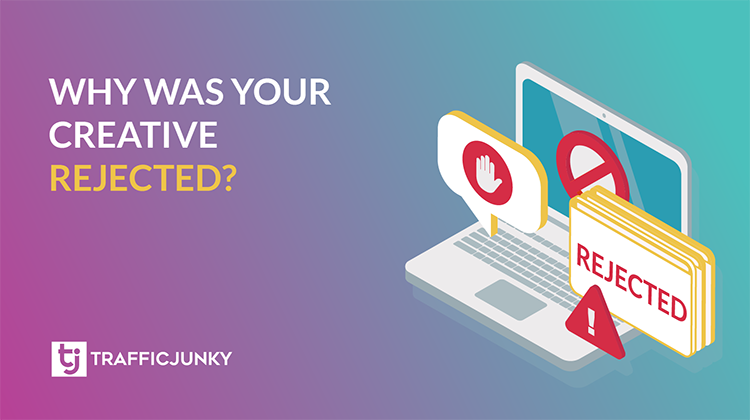
Let’s talk about something that can seriously level up your ad game – frequency capping.
In the ever-evolving landscape of digital advertising, advertisers are constantly seeking ways to optimize their campaigns to reach the right audience with the right message at the right time. Frequency capping is a strategic approach used in digital advertising to limit the number of times a specific ad is shown to the same user within a defined time period. Think of it as the secret sauce for making your ads hit the right spot, while preventing overexposure and ensuring a more balanced and effective campaign.
Why is frequency capping important?
- Maximizes Cost Efficiency: Excessive ad exposure to the same user can lead to wasted impressions and higher advertising costs. Frequency capping helps you spend your ad dollars wisely by spreading your message to a broader audience and avoiding ad overkill.
- Improve Ad Effectiveness: By limiting how often your ad pops up, you boost the chances that people will actually pay attention to it. This often translates to improved click-through rates (CTR), higher conversion rates, and consequently, better campaign performance.
- Combat Ad Fatigue: Ad fatigue emerges when users encounter the same ad repeatedly, resulting in diminishing engagement and a less favorable user experience. To combat ad fatigue, diversify your ad content, refresh creatives regularly, and use data-driven insights for better targeting. This approach keeps your audience engaged and prevents ad burnout.
- Enhanced User Experience: Nobody likes a broken record. Overly repetitive ads can annoy users and drive them away from your brand. Frequency capping contributes to a more positive user experience, as users see a variety of relevant content rather than being bombarded with the same message.
To harness the power of frequency capping for your advertising campaigns, adhere to these best practices:
- A/B testing: Experiment with A/B testing to see which frequency caps work best for your campaign.
- Keep it Balanced: Don’t go overboard with caps that are too restrictive; you still want to reach potential customers multiple times for those conversions.
- Data Driven Decisions: Leverage data analytics to ascertain the ideal frequency cap for your campaign and target audience.
- Monitor and Adjust: Continuously monitor your campaign’s performance and adjust frequency caps as needed based on real-time data and user behavior.
Frequency capping is an indispensable tool in any advertiser’s toolkit for achieving campaign success. By carefully controlling ad exposure, you can combat ad fatigue, optimize costs, enhance ad effectiveness, and provide a more enjoyable user experience.
When executed proficiently, frequency capping can help you strike the perfect balance between reaching your target audience and avoiding overexposure, ultimately leading to better results for your advertising campaigns. So, when you’re planning your next campaign with TrafficJunky, make sure to use frequency capping for the perfect balance between reaching your audience and avoiding ad overload.



